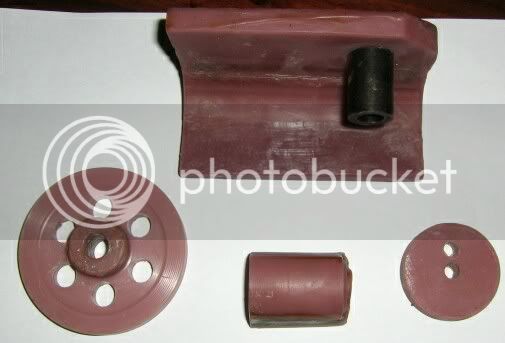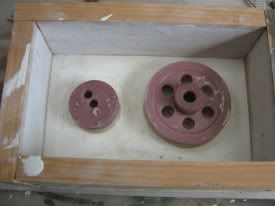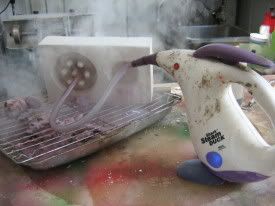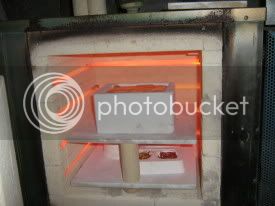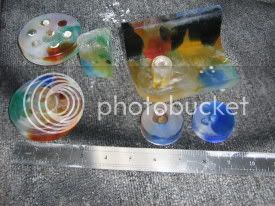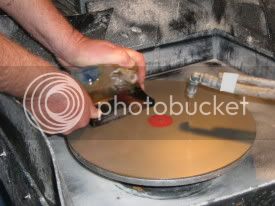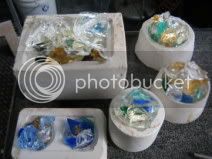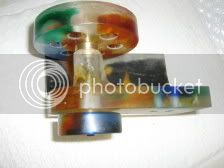Penguingeoff
Well-Known Member
- Joined
- May 19, 2009
- Messages
- 52
- Reaction score
- 2
Ok, you have me interested. As the philosopher "Clarksonius" was fond of saying, "How hard can it be". It will be a simple wobbler, roughly 16mm bore, 20 mm stroke. Lead Crystal except for the piston and rod and the mains shaft. Piston will most likely be Teflon (It will be running in a glass bore) Main shaft and rod probably Brass/ Bronze. (The main shaft WILL wear and will be easy to replace.)
First step will be to make WAX masters of the glass components. I will probably start them Monday.
Metal parts will be bonded to finished glass components with Silicon adhesive. Cheers from Tassie, Geoff
First step will be to make WAX masters of the glass components. I will probably start them Monday.
Metal parts will be bonded to finished glass components with Silicon adhesive. Cheers from Tassie, Geoff





